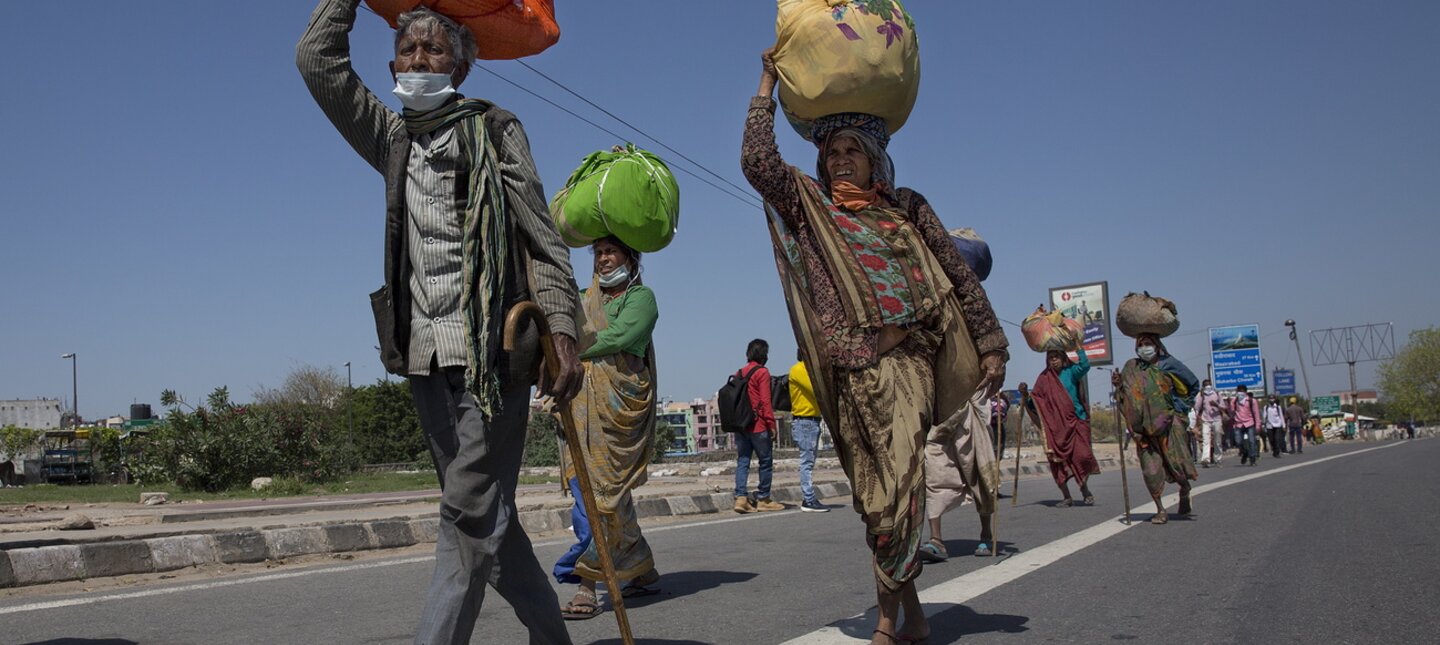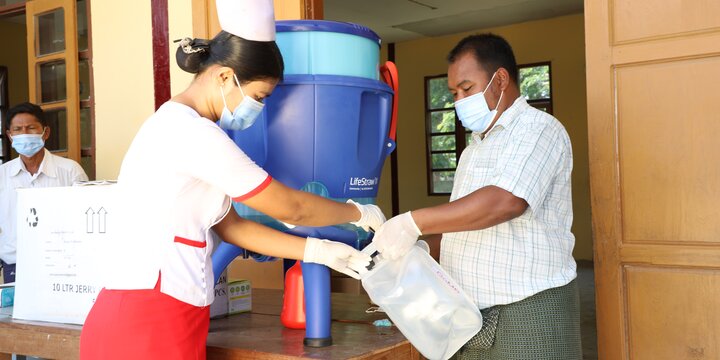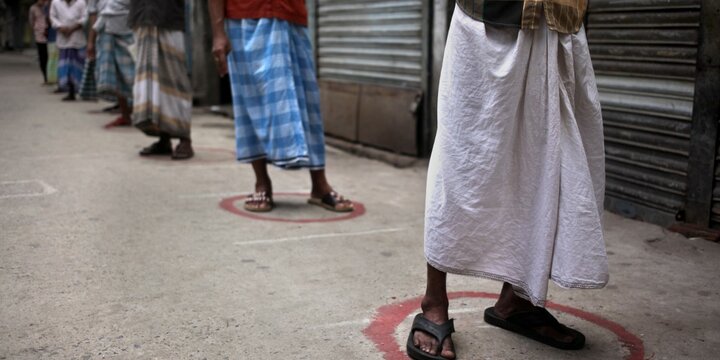In mid-April, many parts of India celebrated their new year. As India is an agrarian society, festivals are linked to agriculture cycles. The winter crop is harvested in large parts of the country at this time. This new year day, the vast nation of 1.3 billion people had been under lockdown for 3 weeks and it was extended for another 2 weeks. What happens in India is a portent of the impact of COVID lockdowns in other developing countries.
Two faces of urbanization and development
Urbanization has been an important mega-trend unfolding in India since the 1990s. The twin forces of globalization and liberalization of the economy made cities like Mumbai and Delhi engines of economic growth and magnets for migrant labor. Sustained neglect of the agriculture sector and economic growth in other sectors of the economy created a huge demand for low skilled jobs in construction, food, entertainment, retail and e-commerce sectors. They employ millions of youth and women, mainly in the gig economy.
53% of urban workers in India do not have a salaried job (this is even higher in rural areas at 83%). They live in overcrowded, informal settlements with no security of tenure. Most are multi-local, meaning they support families back home, often moving between two locations. They send back valuable remittances, although the literature on remittances largely focuses on international transfers. Remittances are counter-cyclic meaning when the local economic situation is weak, the migrants transfer more money to help the family. In this crisis however it is the migrant labor that needs to rely on the safety nets of their rural families.
As soon as the lockdown was announced, millions of urban workers started their journey back home as their daily wage employment dried up, they lack access to stocks of food or savings, landlords evicted them anticipating rent defaults and families called them back fearing lack of opportunity to care for them in case they caught the infection in a distant city. We all saw the images of thousands of people walking with their meagre belonging for hundreds of kilometers while many more are still stuck in the cities with no access to transport, income or food. Protests broke out in many cities when the extension of the lockdown was announced.
While the lockdown gives a sense of security to the middle class and allows the administration to enforce social distancing, could the impacts on the poor, daily wage workers not have been anticipated? A range of reactive measures were taken but the burden of this lockdown is being carried unequally by the poor.
Millions face hunger
Many who could complete the journey are now housed in the over 27,000 relief camps. There is an outpouring of generosity from citizens and companies providing food, water and transport support to this exodus. NGOs and civil society organizations are leading the response, India’s vibrant civil society is once again being recognized and valued for its rich contributions after several years of restrictions, controls and neglect.
While the government has announced a relief package of US$22.5 billion mainly aimed at the poor, millions still face hunger due to the 40-day lockdown. There is no income, agricultural operations are disrupted, markets are closed, traders are unable to extend credit and anger and discrimination are spreading. Just in Mumbai alone, there have been almost 100,000 calls to childcare helplines – violence against women is under-reported but is surely on a larger scale.
There is a call to increase the relief package, which is 0.8% of the GDP, to at least 10% as in the case of the USA. While the trade-offs between controlling the negative economic impacts of a shutdown and saving lives is something all nations face, India with its large population and limited health infrastructure has prioritized the latter, missing in the process however to anticipate and protect the most vulnerable segments of its population.
Will the workers return after the lockdown and how will the city treat them? Because of size and diversity, the IMF estimates India and China will be the only two major economies that will still manage to grow slightly this year, the recovery in future years will be faster.
The wheels of the urban economy turn on the labor of migrant workers who have rarely been visible. Two cities have co-existed for years – one populated by the rich and the other by the serving under-classes and for the first time now they see each other, in their full numbers, as human beings, vulnerable to the virus in the same way. Will the city treat its workers better in the future?




